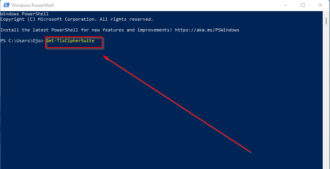

Enter 993 in the Incoming Server (IMAP) text box or 995 in the Incoming Server (POP3) text box.When your workstation restarts, create a test email account in Microsoft Outlook and configure the following settings in the Advanced section of Microsoft Outlook’s Internet E-Mail Settings interface: Navigate to the TLS1.2 registry path and open the Client key.Īfter you modify your registry keys, you must restart your workstation to apply the registry settings.Enter 0 in the Value Data text box and click OK.Right-click the file and select Modify from the Context menu.Enter DisabledByDefault as the DWORD value’s name.On 64-bit systems, click QWORD (64-bit) Value. Navigate to the following registry path:.


To add a registry key for Windows HTTP services, perform the following steps: Add a registry key for Windows HTTP services These registry keys will allow you to enable TLSv1.2 on your server.Īfter you download and install the update, you must restart your workstation for the changes to take effect. This update will create the registry key paths in which you will create new registry keys.

You must download and install the KB3140245 Windows update from the Microsoft Update Catalog. Servers on this operating system fail PCI compliance scans because of unpatched security vulnerabilities that exist in the following mail clients:Ĭreate registry keys Install Windows update


 0 kommentar(er)
0 kommentar(er)
